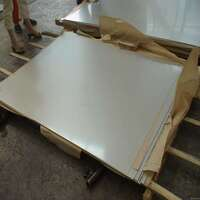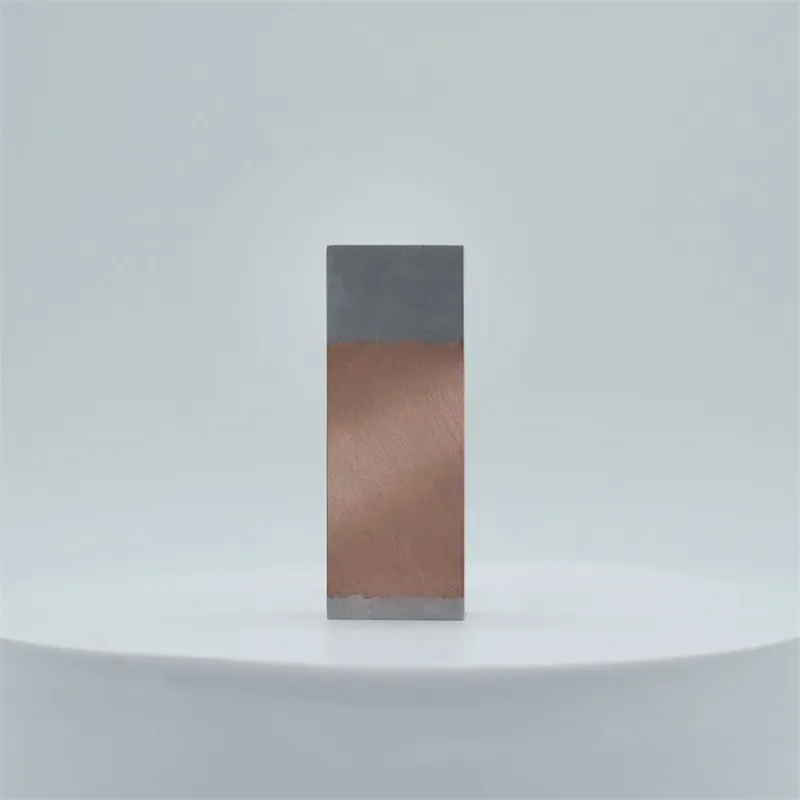1. Introduction
In a major development announced just 48 hours ago, the European Commission approved new sustainability guidelines that prioritize low-carbon building envelopes, accelerating adoption of recyclable metal cladding systems like zinc and aluminum across urban infrastructure projects. This shift underscores the growing importance of understanding metal clad technologies—not just as aesthetic choices but as engineered solutions with significant environmental and structural implications.

Metal clad—often interchangeably referred to as metalclad or clad metals—encompasses a broad category of composite or layered materials where a base metal is bonded with another for enhanced performance. From metal clad wall panels to metal clad roofs and even metal clad electrical wire, these systems offer corrosion resistance, strength, thermal efficiency, and design flexibility. This article delves into the core types, compares their properties, and clarifies critical selection criteria for modern applications.
2. Understanding Clad Metal Meaning and Applications
The term clad metal meaning refers to a material formed by metallurgically bonding two or more distinct metals. Unlike coatings applied via electroplating or painting, true clad metals involve mechanical or thermal bonding that preserves the integrity of each layer. Common configurations include aluminum clad steel, stainless clad aluminum, and titanium clad plates—each engineered for specific environments.
- Aluminum clad stainless steel combines the corrosion resistance of stainless steel with the lightweight and cost advantages of aluminum.
- Copper nickel clad and cupro nickel clad variants are frequently used in marine and chemical processing due to superior resistance to saltwater corrosion.
- Alloy clad systems like 2024 T3 clad or 7075 T6 clad aluminum are standard in aerospace for high strength-to-weight ratios.
Beyond architecture, clad metals appear in industrial contexts: aluminum clad pipe insulation enhances thermal efficiency, while metal clad wire (including cu clad wire and aluminum clad steel wire) ensures durability in harsh electrical environments.
3. Architectural Metal Clad Systems: Facades, Roofs, and Siding

In construction, metal clad building exteriors dominate contemporary design. Key options include corten steel facade, zinc facade, copper siding, and corrugated steel facade—all selected for longevity and visual impact. The metal clad house trend has surged, especially with steel clad inc promoting prefabricated steel clad buildings for residential use.
Corten steel siding offers a weathered, rust-like appearance without compromising structural integrity. However, corten steel siding cost remains higher than alternatives—typically $8–$12 per square foot installed—making corten siding cost a key consideration for budget-conscious projects.
Zinc metal siding and zinc clad roof systems provide self-healing patinas and 80+ year lifespans. A zinc clad dormer or pac clad standing seam roof delivers sleek lines and minimal maintenance. Similarly, colorbond standing seam and vertical standing seam metal siding offer pre-finished color options with excellent thermal performance.
For industrial or agricultural structures, exterior corrugated metal siding and metal clad sheds remain popular due to rapid installation and resilience. Meanwhile, pac clad coping, pac clad column covers, and pac clad hwp components enable cohesive architectural detailing.
4. Material Comparison: Performance, Cost, and Sustainability

Selecting the right metal clad type depends on climate, budget, and design intent. Stainless steel plate, particularly grades like 316L or 904L, excels in corrosive coastal zones but commands premium pricing. In contrast, mild steel plate or boiler plate steel may suffice for interior or protected applications.
Aluminum clad sheet (or aluminium clad sheet) balances weight, cost, and corrosion resistance—ideal for curtain walls and metal weatherboard systems. Zinc coated and electroless nickel finishes further extend service life. For high-wear surfaces, diamond plate steel or aluminum diamond tread plate adds slip resistance without sacrificing aesthetics.
Recent advances include inconel weld overlay and chrome carbide overlay for extreme environments, though these are rarely used in standard construction. Instead, architects increasingly specify perforated plate or alloy checker plate for decorative yet functional screens.
5. Installation and Compatibility Considerations
Proper installation ensures longevity. Standing seam facade systems require trained crews to avoid thermal bridging. When integrating metal clad electrical wire into commercial buildings—even in Pennsylvania—it must comply with NEC codes regarding grounding and AFIC protection.
Metal sheet cutting must account for galvanic compatibility; for instance, direct contact between aluminum and copper can accelerate corrosion. Using isolation membranes or compatible fasteners mitigates this risk. Additionally, metal clad insulation should be specified alongside vapor barriers in humid climates.
6. Conclusion
Metal clad systems represent a convergence of engineering precision and architectural vision. Whether selecting a corten steel plate for dramatic facades, a zinc clad roof for sustainability, or aluminum clad stainless steel for hybrid performance, understanding the clad metal meaning and material nuances is essential. As global regulations push toward circular construction, recyclable metal cladding—like stainless steel metal plate or 6061 T6 aluminum plate—will continue to define the future of resilient, beautiful built environments.
Our Website founded on October 17, 2012, is a high-tech enterprise committed to the research and development, production, processing, sales and technical services of ceramic relative materials such as Choose. Our products includes but not limited to Boron Carbide Ceramic Products, Boron Nitride Ceramic Products, Silicon Carbide Ceramic Products, Silicon Nitride Ceramic Products, Zirconium Dioxide Ceramic Products, etc. If you are interested, please feel free to contact us.
